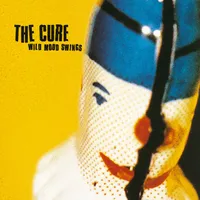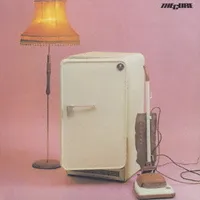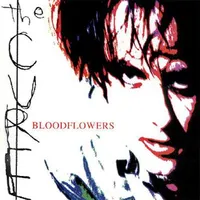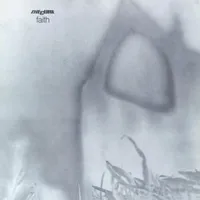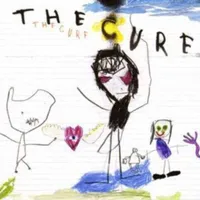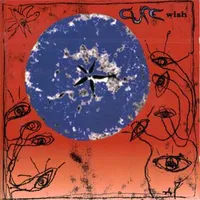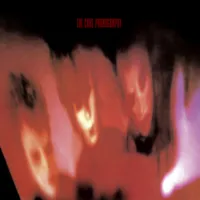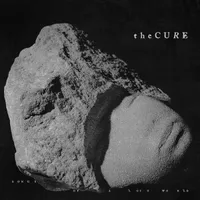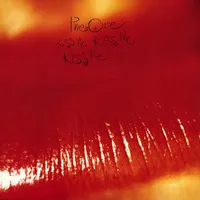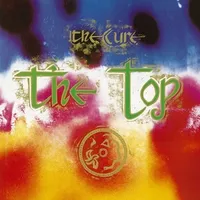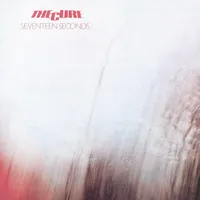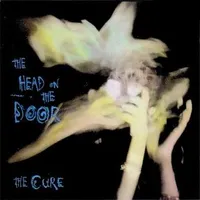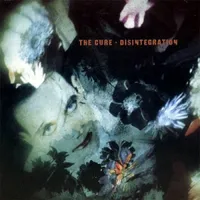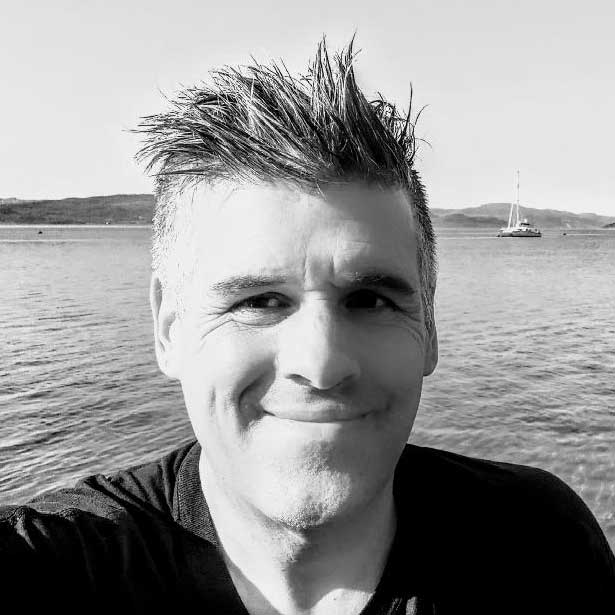All hail the goth Led Zeppelin: Every album by The Cure ranked from worst to best
The Cure have gone from sullen outsiders to stadium-sized riff monsters via all points in between
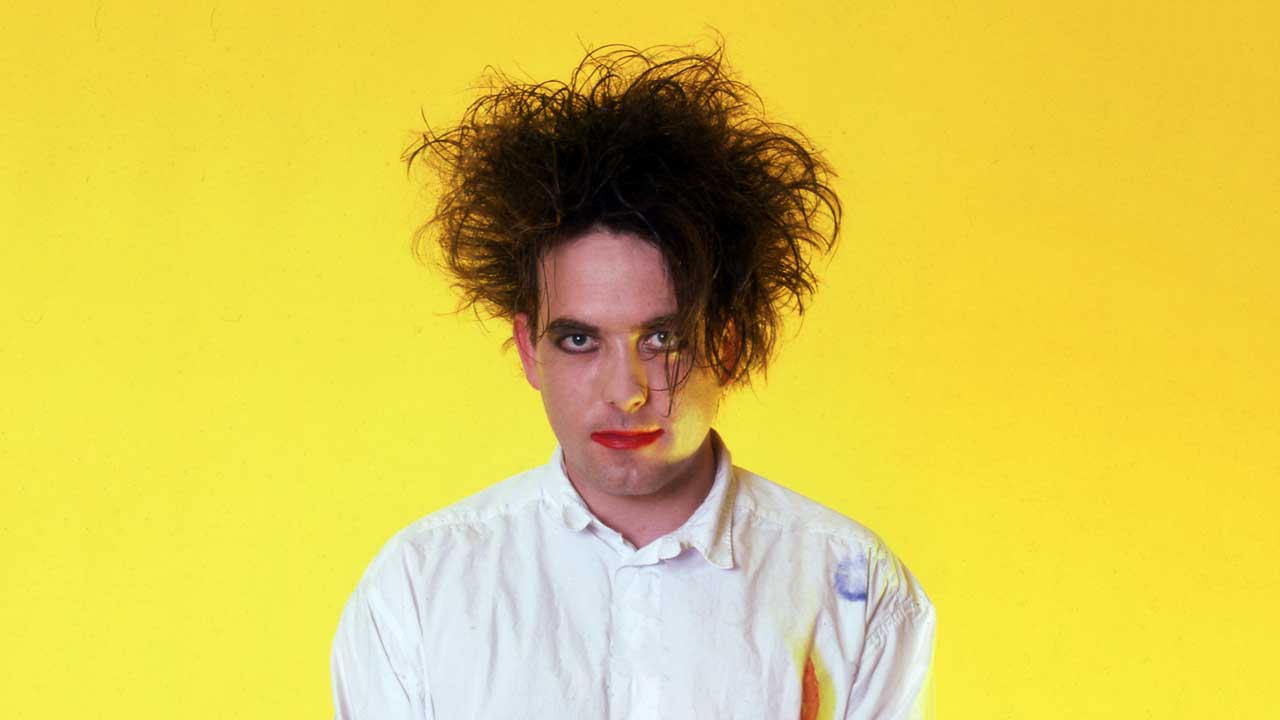
For Robert Smith, black has always been the new black. In a career spanning almost 50 years, the haystack-haired singer has steered his band The Cure through the gloomy aftermath of punk, patented much of the goth aesthetic, dabbled in psychedelia, and recorded a huge canon of all-time classic alt-pop anthems. With the release of their first album in 16 years, Songs Of A Lost World, The Cure have reclaimed their throne as alt-rock elder statesmen, a seminal influence on multiple younger generations and musical subcultures, from shoegaze to grunge, emo to nu-metal and beyond.
The shorthand caricature of The Cure’s sound would be Smith’s whimpering adolescent angst set to a spangled churn of minor-key guitars, yet these perennial cult favourites have actually amassed a remarkably eclectic body of work over the decades. Their opening suite of youthful albums was rooted in the monochrome angularity of post-punk, but during the 1980s they also embraced roaringly romantic pop, jazzy textures and stadium-sized goth-rock dynamics. An enduring fondness for psychedelia also runs through Smith's musical hinterland, as manifested in Hendrix and Doors covers, a fondness for trippy guitar effects, and a flair for phantasmagorical imagery that taps a rich tradition of English literary surrealism ranging from Lewis Carroll to Edward Lear to Mervyn Peake.
Alongside Def Leppard and Depeche Mode, The Cure were one of the few British bands to truly conquer America in the 1980s and 1990s. The panda-eyed, lipstick-smudged Edward Scissorhands of rock greeted each new creative rebirth with wild mood swings between bleak despair symphonies and fizzy, giddy, super-catchy jangle-pop love songs. On more accessible albums like The Top and The Head On The Door, the band stopped being sullen outsiders and blossomed into a universal cult that everyone could join. In the process, they became part of the global pop fabric, inspiring cover versions by everyone from Smashing Pumpkins to Adele, Dinosaur Jr. to Tricky, Mark Lanegan to Phoebe Bridgers.
As The Cure’s sole remaining founder, Smith has had boozy fights and fall-outs with numerous former members, reshaping the line-up multiple times. Over the last decade, the band has absorbed former David Bowie guitarist Reeves Gabrels, whose avant-metal pyrotechnics helped re-energise their sonic palette on the huge-sounding Songs Of A Lost World. Once they were arty punk-pop outsiders. Nowadays, their multi-guitar-chugging assault can feel more akin to seeing Neil Young in full Crazy Horse mode, or even a kind of gothic Led Zeppelin.
Almost half a century on, Robert Smith remains one of British rock’s true originals

14. Wild Mood Swings (Fiction, 1996)
Frazzled by the success of Wish, The Cure recorded this sprawling sequel in fractious disarray, shedding several members and working with a Spinal Tap-style parade of drummers. The result was a passionless affair pieced together from blustery filler and pale shadows of past glory.
Most tracks are merely polished and bland, which is almost worse than being gloriously bad. Bringing down the curtain on the band's imperial phase, it sold poorly and has the dubious honour of being one of their least performed albums live. All the same, a defiantly contrary Robert Smith reportedly ranks it among his personal Cure Top Five.
13. 4:13 Dream (Suretone / Geffen, 2008)
Eager to avoid the drawn-out emotional stress of another lengthy studio marathon, Smith stripped The Cure back down to a four-piece to record their thirteenth studio collection in an intimate, largely live setting with relatively unknown co-producer Keith Uddin. Initially planned as a double album, 4:13 Dream was eventually distilled into the 13 happier, brighter cuts from 33 candidates.
There are a handful of almost-classics here, including the cinematic epic Underneath The Stars, the giddy romantic heart-jangler The Only One and the swooning waltz-time power ballad Sirensong. But too much feels like Cure-by-numbers, the loose garage-band approach sometimes translating into indifferent tunes, low-voltage atmospherics and recycled 1980s demo tracks.
12. Three Imaginary Boys (Fiction, 1979)
Recorded while they were still in their larval stage as a band, The Cure’s raw debut was rooted in the dry, skeletal, angular sound of the post-punk era. Between routine juvenile sketches, Robert Smith hinted at future greatness with the kitchen sink melodrama of 10.15 Saturday Night and sardonic social snapshots like Accuracy and Object.
The Pop Art cover, with its drably domestic still life, was imposed by the record label. Likewise, the ill-advised novelty cover of Jimi Hendrix’s Foxy Lady, sung by bass player Michael Dempsey, which Smith hated. An expanded version of the album, retitled Boys Don’t Cry, was later released in the US.
11. Bloodflowers (Fiction, 2000)
Described by Robert Smith as the last in a trilogy of definitive Cure albums (after Pornography and Disintegration), this midlife milestone combines the wistful melancholy of their early work with a broader canvas of immersive, widescreen folk-rock arrangements.
Aside from one or two windy epics, bombast and melodrama are kept to a minimum. Sounding huge yet intimate, Where The Birds Always Sing is a semi-acoustic symphony of bitter-sweet regret, while the softly strummed There Is No If... offers a gorgeous affirmation of evergreen romance. After an uneven decade, it was a pleasing reminder of Smith’s emotional clout.
Cementing the Cure's early signature sound as funereal post-punk gloom, Faith is full of space and echo, shadows and fog, monochrome audioscapes and the haunted moan of a newly added six-string bass. Born in a messy period of cocaine and binge drinking, the band's third album was also touched by genuine existential despair, as Catholic-raised Robert Smith became an increasingly militant atheist while everyone in the group faced family bereavement.
Although early reviews were mixed, Faith enjoyed Top 20 success and later accumulated much more retrospective critical love, especially the wistful jangle-noir classic Primary and the Gormenghast-inspired ballad All Cats are Grey.
9. The Cure (I Am/Geffen, 2004)
A bold and underrated experiment in bridging genres and generations, The Cure's self-titled twelfth album saw them teaming up with modish American “nu-metal” producer Ross Robinson, the studio svengali feted for his work with Korn, Slipknot and Limp Bizkit.
The creative chemistry produced fertile results, lending a spacious, saturated, widescreen sound to stand-out cuts like the churning grunge-metal anthem Before Three, the howling stadium-punk rant Us Or Them and the intoxicated love song Taking Off. But there were backstage tensions with Robinson, and Smith later dismissed this transatlantic Top Ten hit as his least favourite Cure album. Even so, it still radiates a high-energy Hollywood blockbuster energy.
Riding a wave of worldwide success following Disintegration, The Cure’s ninth album topped the UK chart and climbed to No.2 in the US. A line-up reshuffle brought in Perry Bamonte on keyboards, guitars and co-production, swelling the group’s sound to a stadium-sized roar which ultimately leaned more towards baroque sonic bloat than memorable pop melodies.
Even so, Smith was on top of his game with hit single Friday I’m In Love and the giddy chemical-romantic euphoria of High, although he also indulged himself with too many blustery, overlong psych-rock juggernauts like From The Edge Of The Deep Blue Sea.
7. Pornography (Fiction, 1982)
Later hailed by Smith as the first in an interlinked trilogy of definitive Cure albums, Pornography ushered in the band’s trademark ‘big hair and smudged lipstick’ look. It also remains their most emphatically gothic work, right from the opening line of guitar-scraping lament One Hundred Years: ‘It doesn’t matter if we all die.’
Tribal drums and glacial keyboards lend monumentalism to the remorselessly sombre Siamese Twins and the experimental title track, which is a churning nightmare of buried voices and David Lynch-ian weirdness. It still sounds oppressively harsh and despairing, but also impressively stark and uncompromising.
6. Songs Of A Lost World (Fiction/Lost/Polydor, 2024)
Scoring a major autumnal comeback following a long hiatus, the Cure's first album in 16 years has proved both a critical and commercial triumph. The sound is monumental, the mood elegiac, and the emotional hinterland heavy with real tragedy as Smith explicitly mourns his brother's death on I Can Never Say Goodbye.
Honed to eight substantial tracks, Songs Of A Lost World wastes no time on filler. This is the first full Cure album to feature former David Bowie guitarist Reeves Gabrels, who flexes his avant-punk muscles on the squalling, choppy, snarly Warsong. The band's first UK Number One since 1992 has been widely hailed as their best since Disintegration.
5. Kiss Me, Kiss Me, Kiss Me (Fiction, 1987)
A double vinyl LP, the first Cure album to make the US Top 40 was a stylistically diverse smorgasbord of neo-psychedelia, jaunty quirk-pop and monster-sized shoegazing spangle-rock. Too many faceless plodders pad out the second half, while escalating tensions between Robert Smith and Lol Tolhurst may also have affected overall quality levels.
That said, the brassy strut of Why Can’t I Be You? and the piano-driven blast of Just Like Heaven earned their place in the pantheon of classic Cure singles, ensuring this album played a key role in helping British alt-rock to crack America.
In transitional flux following their bleak post-punk period, The Cure released a string of upbeat, non-album singles including Let’s Go To Bed and The Lovecats. They carried over this playful mood into their fifth studio album, a candy-striped feast of nursery-rhyme lyrics and light-headed arrangements.
The standout track is The Caterpillar, a semi-acoustic skiffle awash with squeaks, honks and love-drunk euphoria. Relations within the band had become toxic, and The Top was close to being a one-man-band affair. Robert Smith played most of the instruments, indulging his love of vintage English psychedelia from Edward Lear to Pink Floyd.
3. Seventeen Seconds (Fiction, 1980)
The Cure first began to hone their signature aesthetic on this chilly second album, with Robert Smith’s pained whine and new keyboardist Matthieu Hartley to the fore. Full of grim fairy tales and half-glimpsed creatures lurking in the shadows, the overall mood was gloomy and suffocating.
Smith demonstrated his blossoming gift for left-field pop gems on Play For Today and A Forest, both taut, minor-chord speed-strums full of nocturnal angst and creeping dread. Bracingly austere but highly atmospheric, the entire album was recorded and mixed in a single week on a shoestring budget.
2. The Head On The Door (Fiction, 1985)
With former Cure tour guitarist Porl Thompson now fully on board, their sixth album saw The Cure come of age as a focused, jangly, defiantly poppy outfit. Partly thanks to the growing power of MTV and their shared chemistry with video director Tim Pope, their singles also began to chart around the world.
The Head On The Door featured all-time Cure classics in the euphoric rush of In Between Days and the snuffly folk-pop shuffle Close To Me, while the flamenco flourishes of The Blood and the Van Halen-ish soft-rocker Push saw Smith’s songwriting emerging from the shadows with a newly extrovert swagger.
1. Disintegration (Fiction, 1989)
With his 30th birthday looming, Smith conceived this milestone album in a fog of depression and hallucinogenic drugs, consciously revisiting The Cure’s sombre gothic roots. All heavy treated guitar effects and icy electronics, seven-minute requiems such as Pictures Of You and Homesick reverberated with funereal synth-rock solemnity.
Smith’s voice sounded world-weary throughout, though it became a wistful whisper on the graceful Lullaby and a more raunchy yelp on the brawny Fascination Street. Despite the singer’s half-serious quips about “career suicide”, Disintegration soon grew into a stadium-filling monster, and The Cure’s biggest seller to date.
Sign up below to get the latest from Classic Rock, plus exclusive special offers, direct to your inbox!
Stephen Dalton has been writing about all things rock for more than 30 years, starting in the late Eighties at the New Musical Express (RIP) when it was still an annoyingly pompous analogue weekly paper printed on dead trees and sold in actual physical shops. For the last decade or so he has been a regular contributor to Classic Rock magazine. He has also written about music and film for Uncut, Vox, Prog, The Quietus, Electronic Sound, Rolling Stone, The Times, The London Evening Standard, Wallpaper, The Film Verdict, Sight and Sound, The Hollywood Reporter and others, including some even more disreputable publications.
